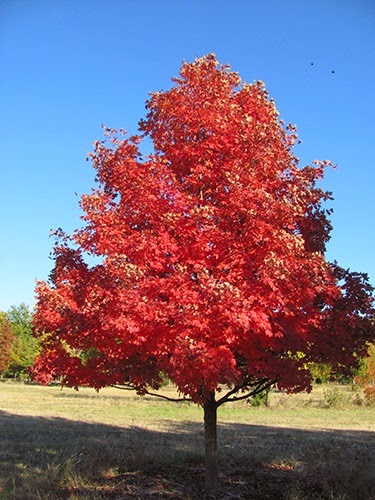Winter damage/kill showing up in wheat fields
 |
Winter damage/kill of wheat field in Lincoln County.
|
Sandra L. Wick, Crops Production Agent
With the recent warm weather and wheat green-up, it should be a little more apparent now where stands have suffered winter injury or damage or even winter kill depending on several factors. The factors include planting date, planting depth, moisture, soil conditions and somewhat with the variety. So with all these factors, you can see it is difficult to determine exactly what might have caused the damage. Actually, it is probably a combination of several factors and you can say a “perfect storm” occurred where many factors were involved.
So it might be very frustrating to look at your wheat lately, as “mother nature” has not been kind, especially with past temperatures and current moisture conditions. If you will remember we experienced a “winter blast” back in November that exposed the vulnerable wheat plants to extreme temperatures when the plants had not had sufficient time to build up a protection against the cold temperatures known as “hardening off.”
 If damage has occurred to your wheat, just how much affect might this have on yield potential? Well, wheat is a resilient crop, so there is really no way to be precise about yield loss based on a certain level of damage from winter injury. However, you can examine different parts of the wheat plant to determine the condition. I have seen a lot of injured wheat that may have or is initially greening up, then going backwards. So the brown leaves do not necessarily indicate those plants are dead or will not survive. The only way to properly assess the condition of individual wheat plants is to examine the crown and to look for white stems and roots. If the crown appears white and crisp, and new roots are developing, the plant will probably survive depending on if we continue to receive moisture and it continues to grow and develop.
If damage has occurred to your wheat, just how much affect might this have on yield potential? Well, wheat is a resilient crop, so there is really no way to be precise about yield loss based on a certain level of damage from winter injury. However, you can examine different parts of the wheat plant to determine the condition. I have seen a lot of injured wheat that may have or is initially greening up, then going backwards. So the brown leaves do not necessarily indicate those plants are dead or will not survive. The only way to properly assess the condition of individual wheat plants is to examine the crown and to look for white stems and roots. If the crown appears white and crisp, and new roots are developing, the plant will probably survive depending on if we continue to receive moisture and it continues to grow and develop. On the other hand, if you find the crown brown and shriveled, there is probably some winter damage.
Before you tear up a poor stand of wheat, be sure to calculate the input costs you have in the existing wheat crop along with the costs of establishing another crop in relation to the expected yields of either crop, and lastly, the current crop prices. As Dr. Jim Shroyer, K-State Research and Extension Emeritus professor, once quoted, “Sometimes 1/3 of a wheat field or stand can still raise an average crop if the right conditions occur.”
This is a “wait and see” game! It is important to have some patience; cut open lots of crowns and realize that there are a lot of unknowns yet for these plants where the crowns aren’t quite healthy nor are they dead. We still have a lot of wheat that will be especially sensitive if we get another event of warm temperatures followed by abrupt cold. The potential for winterkill is not over. Also keep in mind that we have a lot of differences among varieties in how they green up, that’s why early on, the condition of the crown probably tells us much more than differences in specific varieties.
Still, the biggest risk will be where temperatures go suddenly from extremely warm to extremely cold, the soils are dry and with little or no protective cover, soils are fluffy, and the wheat is weakened by drought, insect damage, or diseases.
For more information on winter injury, damage or kill in wheat contact me at 785-282-6823 or swick@ksu.edu or visit the Post Rock Extension District website (www.postrock.ksu.edu) or contact your local Post Rock Extension District Offices in Beloit, Lincoln, Mankato, Osborne or Smith Center.
 |
Lower leaves pulled back to
show white stems and crown area. Slight injury with some discoloration. But for the most part looking pretty good.
|








